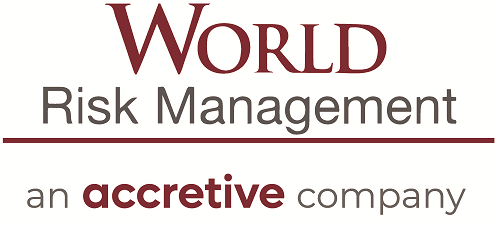Is your nonprofit ready to be tonight’s breaking news?
You don’t even have to be guilty of something to become the daily news. Bad things happen even to worthy nonprofits.
During my nonprofit career, organizations I have worked for have experienced a client’s death; a product tampering that threatened the biggest fundraiser; an athletic scandal; and a mass shooting on campus.
We learned the hard way to be prepared or prepare to suffer more than necessary.
Here are six suggestions for better crisis management by your nonprofit.
01. Don’t Wait
Many organizations only get their crisis plans underway once a disaster has struck.
Instead, brainstorm possible scenarios or types of disasters that could happen and start planning for them.
Educate yourself about nonprofit crises and talk to those who weathered them. Invite a veteran of disasters to speak to your staff and your board. Assign your public relations staff to draft a crisis plan and give them a deadline.
Advocate for real emergency preparedness. Many people in nonprofits, especially small organizations, don’t think anything bad will ever happen. They don’t want to think about it. They don’t believe that they have the time to prepare.
And they might even resent staff who push on this topic. Speak up anyway. If that crisis happens, people will appreciate your forethought.
02. Realize That Crises Take Many Steps
Crises come in all flavors. Some are high profile. Others might be more low key. But, in a time of 24/7 news, thinking you can keep the situation out of the public eye is a fantasy. If nothing else, local media will likely be all over it. Have you built up good relationships with local media outlets?
Like a fire, quickly getting on top of a crisis can make a huge difference in the outcome.
Your crisis might be an accident involving a volunteer, the death of a client, embezzlement by your chief financial officer, a lawsuit by a former employee, or a hack attack that threatens the privacy of your donors and clients.
They all require different responses. Prepare for as many as you can imagine, and do your best to put plans in place to minimize the damage to your nonprofit’s reputation.
Even if something happens that you didn’t think of, your preparation for other types of emergencies will help. The planning may reveal gaps in security, insurance coverage, inadequate human resource policies, or the shortage of people with particular skills.
Practicing any emergency response is likely to make your organization better prepared for others.
03. Develop a Logistical Plan and a Communications Plan
A logistical plan has to do with getting everyone out of the building in case of an earthquake, texting staff and clients that a gunman has been spotted in the building, or handling a medical emergency.
Develop a risk management program to deal with the loss of life, property, and insurance issues. Identify point people who can go into action quickly, notify appropriate help, and manage evacuation plans.
A communications plan involves identifying spokespeople, assigning someone to gather the facts as they emerge, writing press releases, and locating a place to have a press conference.
04. Get Your Social Media House in Order
Social media can be a blessing during a crisis IF it you handle it well.
Almost all nonprofits use some level of social media. Decide now who will manage that media during an emergency situation. Set up a dashboard (here are nine to consider) where you can monitor all social media platforms and respond quickly.
Because of social media, there is little chance of controlling information in a way that used to be possible. So don’t try. But you can give useful information, fight rumors with fact, and express concern.
Don’t just let your social media pages sit there. Use them. One study found that nonprofits often do not respond to social media questions or complaints.
However, social media may be the best way to show the human face of your organization and shore up its reputation for being kind, sympathetic, polite, accurate, and a source of unbiased information.
05. Prepare to Speak
Every minute counts after a crisis. Don’t waste any of them. Silence is deadly. Get out with appropriate statements and messages immediately, even if it is only to say that you know about the situation, you’re working on it, and that few facts are known at the moment.
Then keep it up with updates as events develop. For many situations, you may have already prepared statements.
In all communications, be concerned, show concern, speak concern, and always tell the truth. Don’t be afraid to say, “We don’t know.” That is better than guessing. Add that you are working as quickly as possible to get all the facts.
Far more is lost by refusing to speak to the media than is risked by doing so. A vacuum of information breeds media hostility and public loss of confidence.
06. Provide Media Training
Media training will be your best friend during a crisis. Don’t risk a media meltdown.
Put together a media training program before disaster strikes. Train anyone who might need to be a spokesperson. That might be your board chair, your CEO and other key staff, such as a media relations person. Also, consider your top fundraiser, your volunteer coordinator and, where applicable, your security person or facilities manager.
Media training need not cost a lot if you have someone on your board who works in public relations or someone who is a member of the media. The key is to do it regularly so new people become trained, and others don’t grow stale.
Author: Joanne Fritz
Source: The Balance, Small Business

